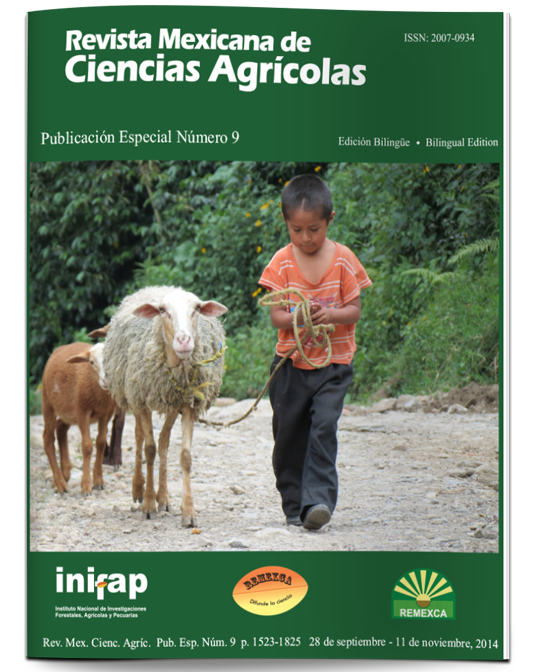Governance for tourism in rural areas. Monarch butterfly biosphere reserve
DOI:
https://doi.org/10.29312/remexca.v0i9.1053Keywords:
conservation, monarch butterf ly, public policy, public policy networksAbstract
Environmental impacts, including the loss of wild species and ecosystems; decrease in groundwater and soil erosion have become quite important in environmental public policies in Mexico. This, in direct consequence of the intense poverty and social exclusion in the communities and rural areas located within the so-called Protected Natural Areas (PNA), adoption product of economic policies, the lack of interest in some communities to conserve their resources and also for practicing mass tourism. In order to address this situation, in the context of environmental policy different ANPs were created in Mexico, including the Monarch Butterfly Biosphere Reserve (MBBR) and within this, 27 sanctuaries for protection. Most of them that make up the Corredor Chincua-Campanario-Chivati-Huacal, face a common problem: low productive investment, reduced local capacity to generate value added in the agricultural and forestry production and incipient development of industrial activities and services. The research on which this article is based on was developed from 2013, with the purpose of identifying the approach through public policy networks, the level of participation of the agents related to tourism in the corridor, to identify the governance setting in conservation and protection of natural resources and tourism development. We conclude that the complex network of agents difficult decisions, contributing to deepening social inequalities as well as causing serious conf licts in the governance process.
Downloads
Downloads
Published
How to Cite
Issue
Section
License
The authors who publish in Revista Mexicana de Ciencias Agrícolas accept the following conditions:
In accordance with copyright laws, Revista Mexicana de Ciencias Agrícolas recognizes and respects the authors’ moral right and ownership of property rights which will be transferred to the journal for dissemination in open access. Invariably, all the authors have to sign a letter of transfer of property rights and of originality of the article to Instituto Nacional de Investigaciones Forestales, Agrícolas y Pecuarias (INIFAP) [National Institute of Forestry, Agricultural and Livestock Research]. The author(s) must pay a fee for the reception of articles before proceeding to editorial review.
All the texts published by Revista Mexicana de Ciencias Agrícolas —with no exception— are distributed under a Creative Commons License Attribution-NonCommercial 4.0 International (CC BY-NC 4.0), which allows third parties to use the publication as long as the work’s authorship and its first publication in this journal are mentioned.
The author(s) can enter into independent and additional contractual agreements for the nonexclusive distribution of the version of the article published in Revista Mexicana de Ciencias Agrícolas (for example include it into an institutional repository or publish it in a book) as long as it is clearly and explicitly indicated that the work was published for the first time in Revista Mexicana de Ciencias Agrícolas.
For all the above, the authors shall send the Letter-transfer of Property Rights for the first publication duly filled in and signed by the author(s). This form must be sent as a PDF file to: revista_atm@yahoo.com.mx; cienciasagricola@inifap.gob.mx; remexca2017@gmail.
This work is licensed under a Creative Commons Attribution-Noncommercial 4.0 International license.



